In most successful gardens you will almost find that fertilizers are used to help feed and supply plants with minerals and nutrients they crave. There are several different kinds of fertilizers that you can apply to your garden. Some include organic vs. chemical, dry vs. liquid, and how to apply each one for a bountiful garden. This article discusses the important aspects of various fertilizers and what you should know about them before applying to your garden.
Contents
Chemical Fertilizers
Chemical fertilizers are mostly used by large farms, but can now avid gardeners can purchase them in many garden outlets. These types of fertilizers are faster acting and because of this plants can sometimes get “burned” from them or cause them more harm than good. They also produce salts which can help the plants, but affect the soil in a negative way as well.
Organic Fertilizers
Organic fertilizers on the other hand are naturally slow releasing and are very unlikely to harm your plants. On the other hand you do not want to add too much of any one fertilizer as this may have adverse affects to the yield of many fruits and vegetables.
The Most Important Difference Between Chemical and Organic Fertilizers
The main difference between these two fertilizers is that organic ones are helpful not only to the plants but also to the soil. With these types of fertilizers you get the benefit of healthy plants along with a biologically active garden. You get the benefit of increased earthworm populations along with naturally occurring microbes within the soil.
Since chemical fertilizers produce salts which are not helpful to soils you will eventually see a decline in many of these important organisms. Although at first these types may be good for your garden in the long run they will eventually cause your plants to produce very low yields or possibly none at all. This will cause you to use more and more chemical fertilizers for your plants just to get them to produce average harvests.
Using Dry Organic Ingredients for Your Plants
There are several types of dry organic fertilizers that you can apply to your plants including bone meal, blood meal, kelp meal and many more. For a full list of the best organic fertilizers to use in your garden check out this post.
Most commercially available blends are able to provide with a wide ray of nutrients. The most important Macro nutrients include nitrogen, phosphorous, and potassium also known as N-P-K. You can purchase them already mixed together or you can purchase them individually. I would actually suggest purchasing them separately and do some experimenting with mixing and matching to see what works best for your garden.
For example you can take two parts blood meal (nitrogen), three parts bone meal (phosphorous), and one part kelp meal (potassium) to give you a simple N-P-K mixture of approximately 2-3-1. These measurements are not exact and the ratio of different materials will vary, but this is how you would start experimenting with different mixes and see what works best.
Applying Dry Fertilizers
There are two popular ways of adding dry ingredients to the soil. The most common way is to spread it around your garden and then use a rake or possibly a tiller to mix in the ingredients that you have placed. Since organic fertilizers won’t burn your plants you can even place them into holes where transplants or even seedlings will eventually go.
I have found the latter to be more beneficial since your are giving nutrients straight to the roots of your plants which will help them grow much healthier and faster for earlier harvests. Also when planting rows of seeds I like to add manure and bone meal and then cover it with topsoil and placing the seed on top. As soon as the seeds start to sprout they will get a quick boost from the organic materials just beneath the seeds.
Another way of benefiting your plants is by side dressing dry organic ingredients all around your plants during the growing season. For plants that require heavy amounts of nitrogen you can place some blood meal around the base of the plants and mix it in within the top one inch of topsoil. This will slowly provide nitrogen to the soil and to your plants.
Liquid Organic Fertilizers
These are some of the best ways for giving your plants a quick boost in the beginning of the season or just before the start of harvesting. This is one of the most beneficial ways that you can help your plants provide larger harvests and larger fruit. Some of the best types include seaweed extract and fish emulsion. You can even make your own using manure or composting. If you want to make your very own manure you can get more information here.
Adding Liquid Fertilizers to Your Plants
The best way to add your liquid fertilizers is to read the instructions on the label. The most common way that is used for adding these fertilizers is usually two tablespoons of liquid fertilizer for every gallon of water. Using two gallon watering cans you would add four tablespoons for each can and only apply every two weeks to your plants.
It can be very tempting to add more than every two weeks, but I have found that you should see benefits from these liquids in a week or two at the most. Larger fruits, more flowers, and healthier leaves are some of the benefits you should notice when using these organic fertilizers.
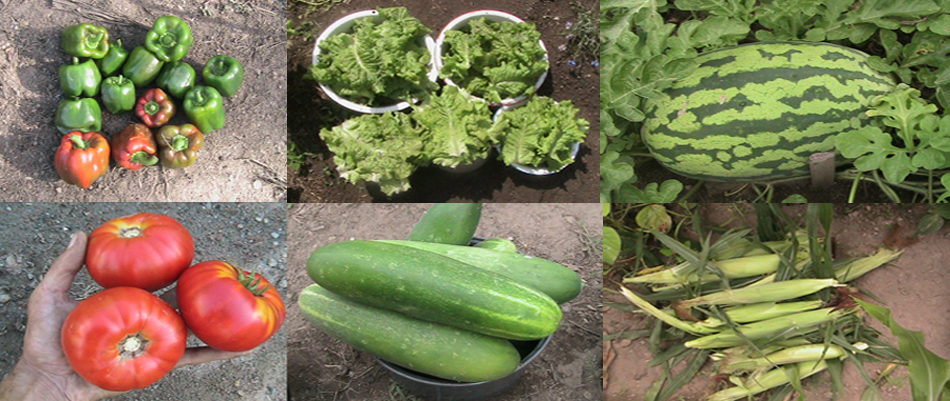
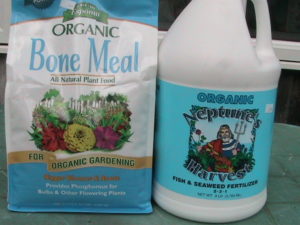
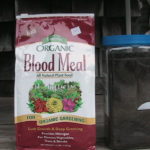
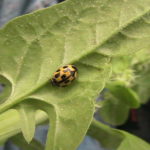

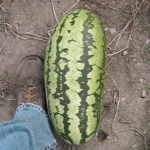


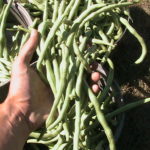
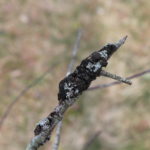
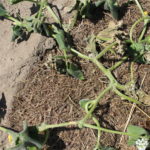
Recent Comments